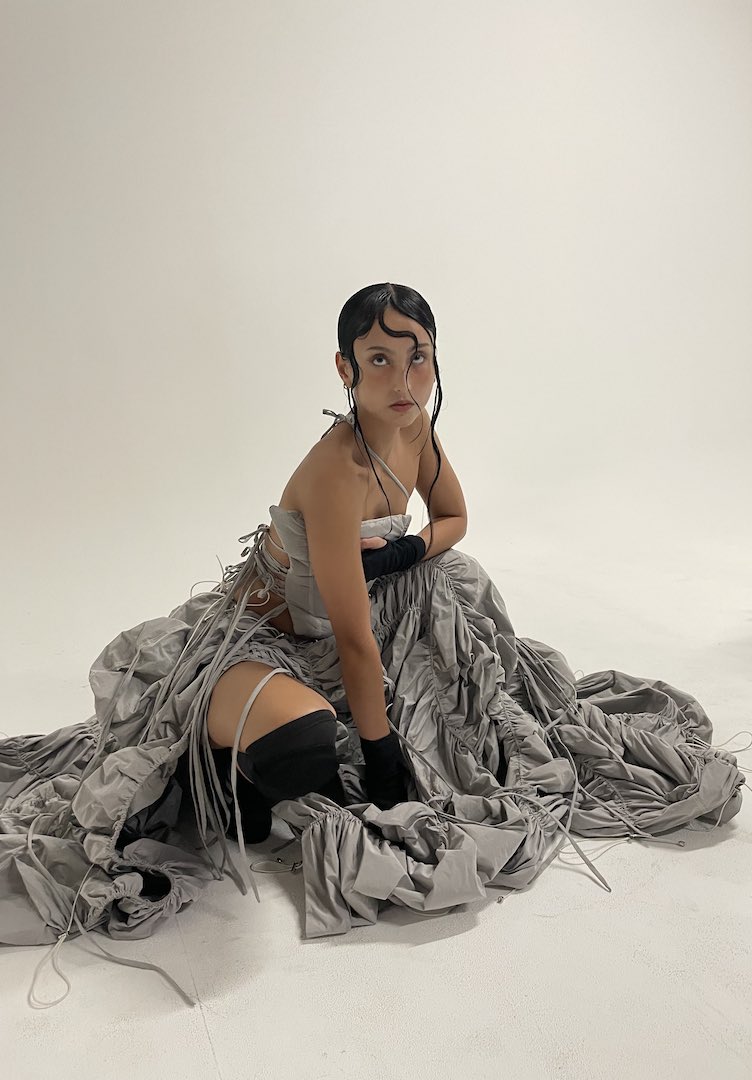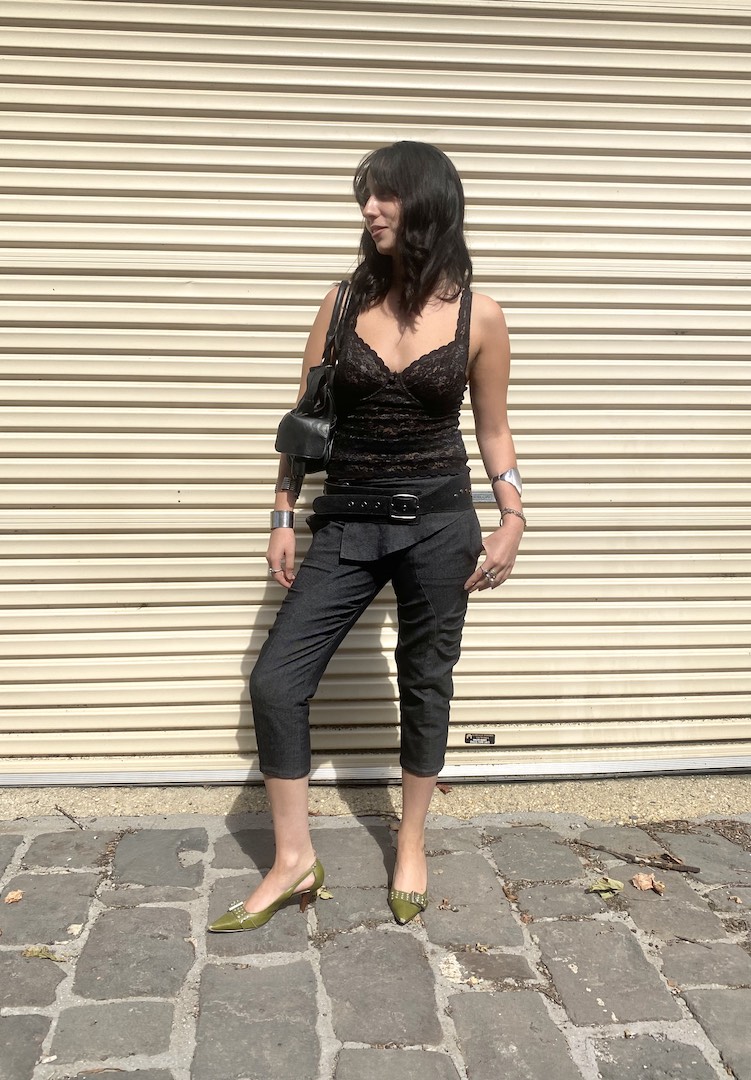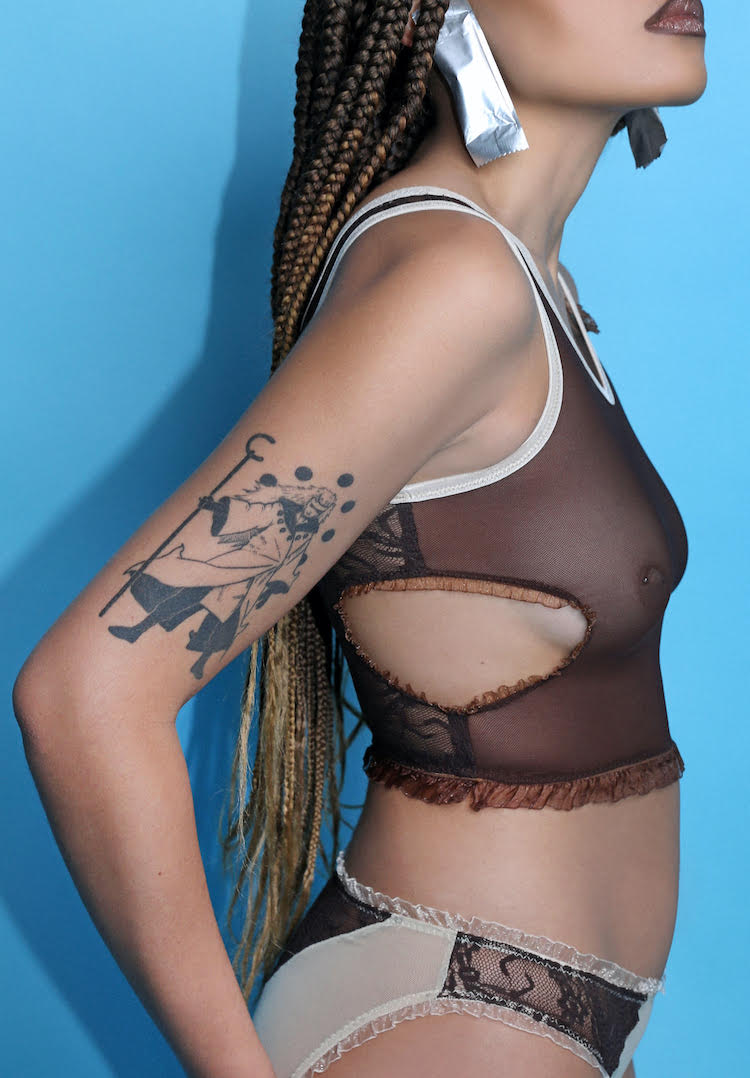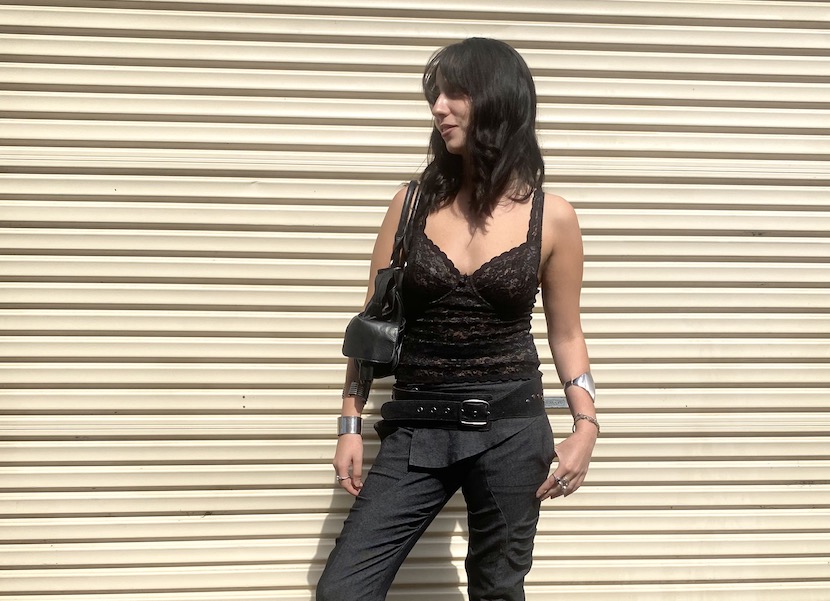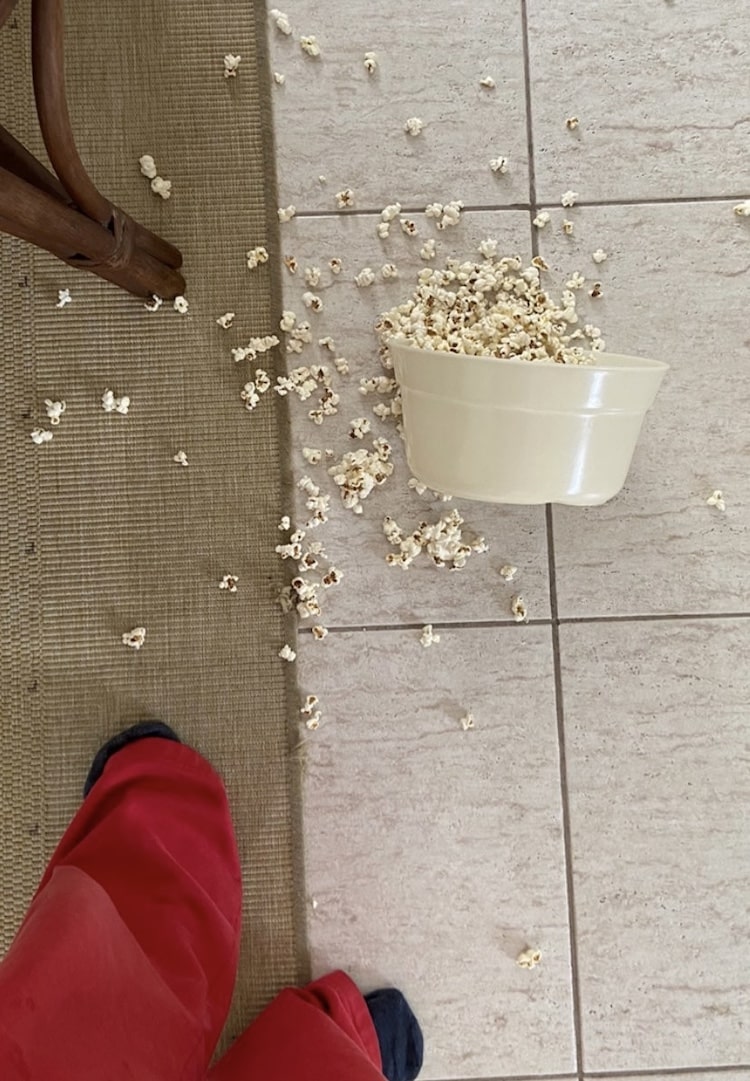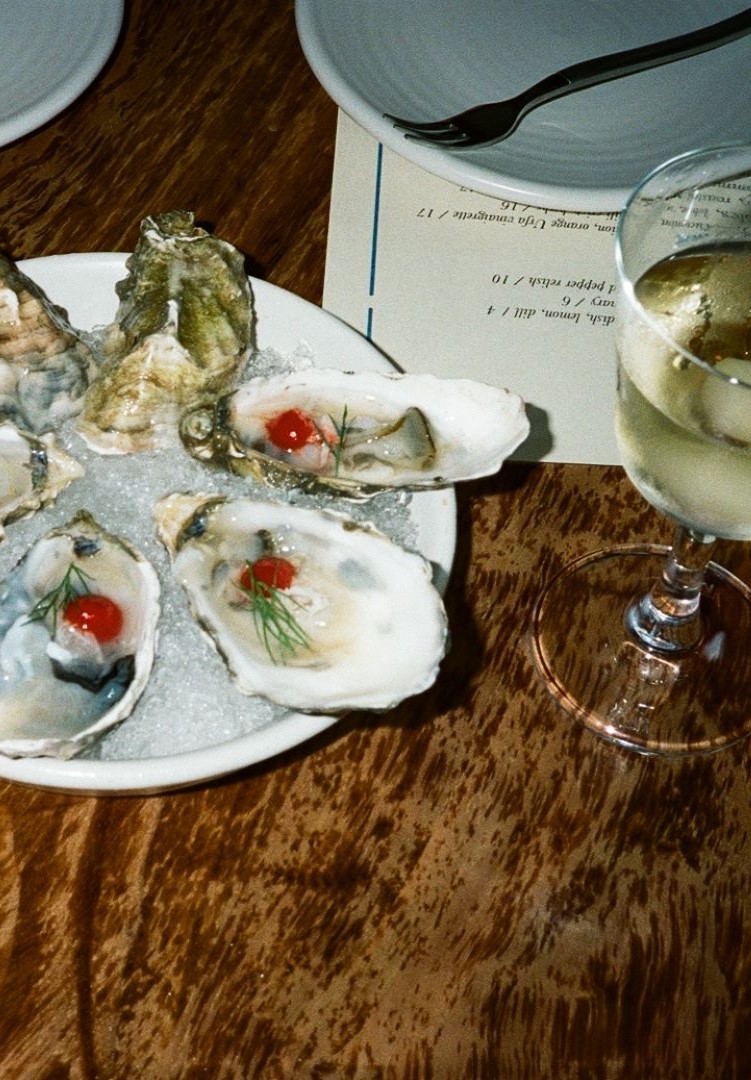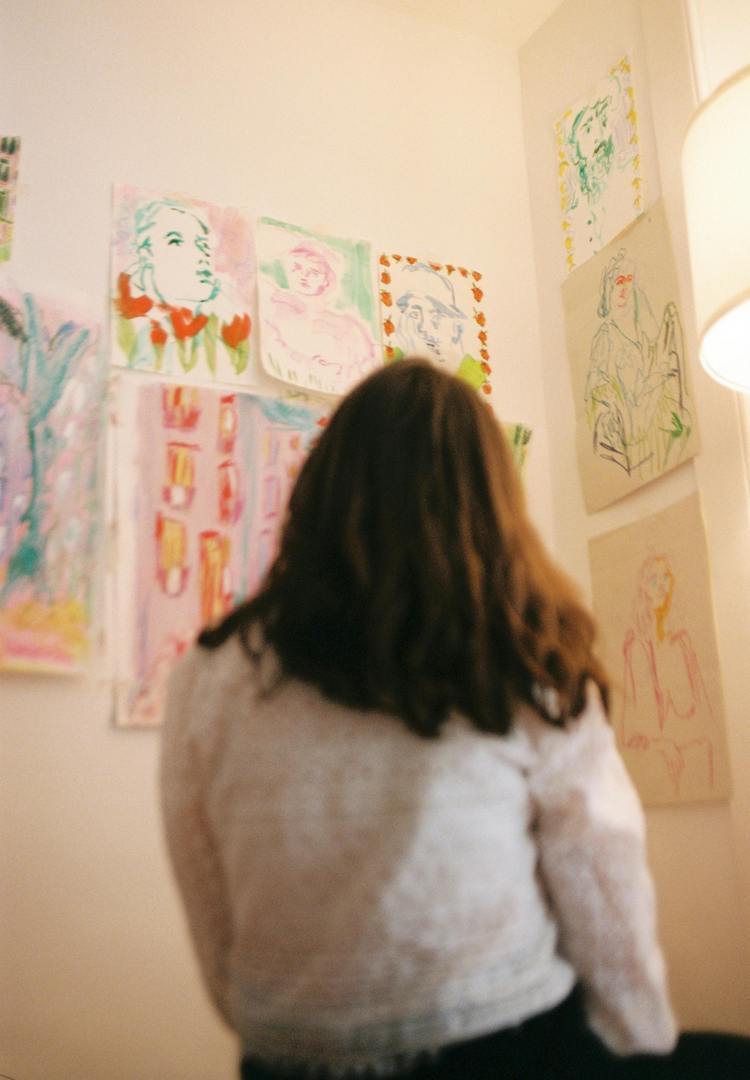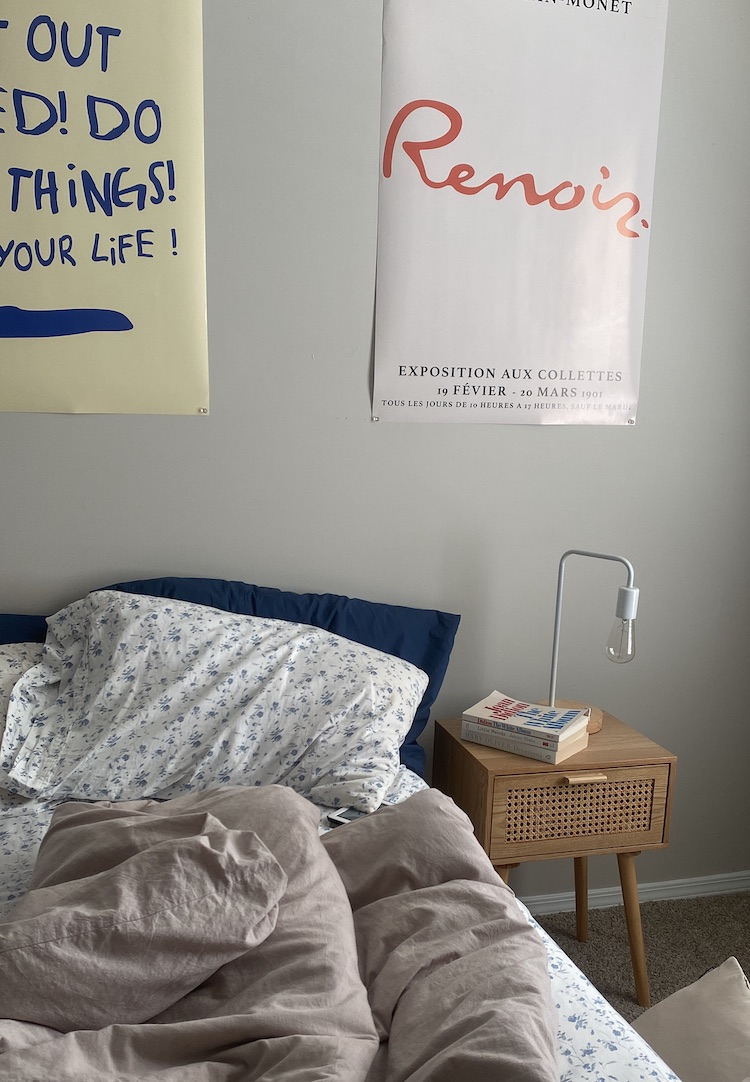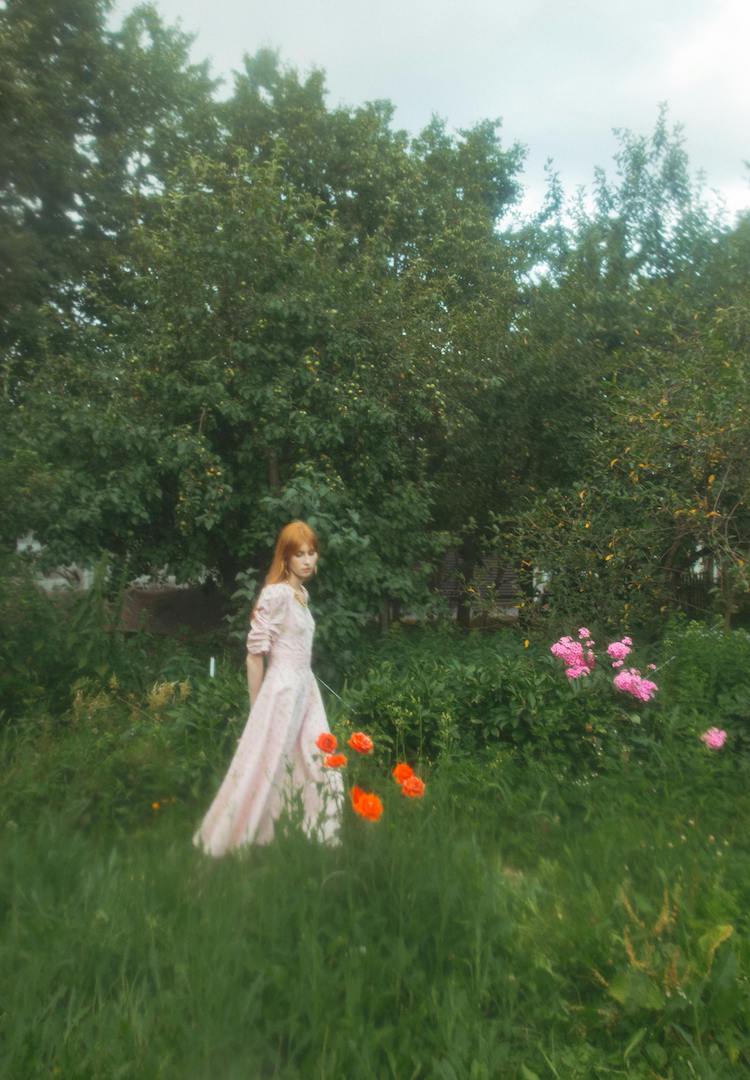How my queerness influenced my style
WORDS BY DEANA STEPANIAN
“Confining myself felt contradictory to everything my community represents. We’re meant to celebrate our authentic selves, not hide who we are out of fear of judgement.”
As a little girl, Disney villains enthralled me. Iconically evil and painted as extravagant or otherworldly, it’s no surprise they were almost always queer-coded. From Maleficent to Cruella DeVil to Ursula – a character literally inspired by a drag queen called Divine – they were all gay icons.
My younger self aspired to replicate that same kind of flamboyance and larger-than-life energy. Channelling that vivacity required playing lots of dress-ups and forcing family members to praise my theatrical antics, as I stormed around the living room in dollar-store dresses.
For more fashion news, shoots, articles and features, head to our Fashion section.
Now, let’s fast forward to my adolescent years. It’s 2014, and I’m a self-proclaimed Tumblr girl. In among all the Skins GIFs and grungy images of Sky Ferreira, I somehow ‘accidentally’ stumbled upon a bunch of blogs run by lesbians.
After taking the ‘Am I gay?’ quiz 73 times in the past four months, my interest in these blogs makes a lot more sense. Picture photos of butches sporting ironic snapbacks, red oversized flannels and Vans. I instantly followed them all.
Of course, other factors led to my gay awakening, like Chloe Sevigny’s character in the movie If These Walls Could Talk 2. She was masculine presenting, and her partner was ridiculed during a time when femme lesbians were looked down upon for dating butches because being a butch meant looking too much like a man. And lesbians hated men… right?

With little to no representation of queer femme women of colour growing up, I somehow convinced myself that being a lesbian meant looking either strictly masculine or hyperfeminine. Before I knew it, a tell-tale lesbian dilemma unfolded right before my eyes – did I want to be them or sleep with them? I couldn’t tell the difference yet.
A misconception I internalised during my baby dyke era was that looking feminine meant passing as straight, and lesbians didn’t want to date straight women. This simply wasn’t the case, though.
I believed the only way to defy the male gaze was by dressing more masculinely. After all, it was easy to clock a masc lesbian, so it seemed normal to try and emulate that same type of energy through my clothing choices. But the crux of the matter was that, like many femme-leaning lesbians, I felt like an imposter.
There was so much discourse online about how to appear ‘gayer’. Articles would suggest things like attaching a carabiner to the belt loops of your pants, wearing leather or piercing your septum. This all felt counter-productive but I still did it anyway.
I genuinely remember panicking thinking I could never wear a handbag or have long nails again, and as a result, my style took more drastic turns. From raiding my brother’s closet for oversized T-shirts to only ever shopping in the men’s section, I restricted myself to one tiny box, not knowing there were dozens of other ways to express myself.
This is quite common for young people who are just starting to come to terms with their sexuality. Lesbians in particular are known for abruptly chopping off their hair and making striking stylistic changes that they feel reflect their identities more accurately.
I get it – we want to feel visible after having to camouflage ourselves in a society we thought had no space for us. And yes, experimenting is natural but for a long time, I just didn’t think my femininity and gayness could co-exist in one realm.
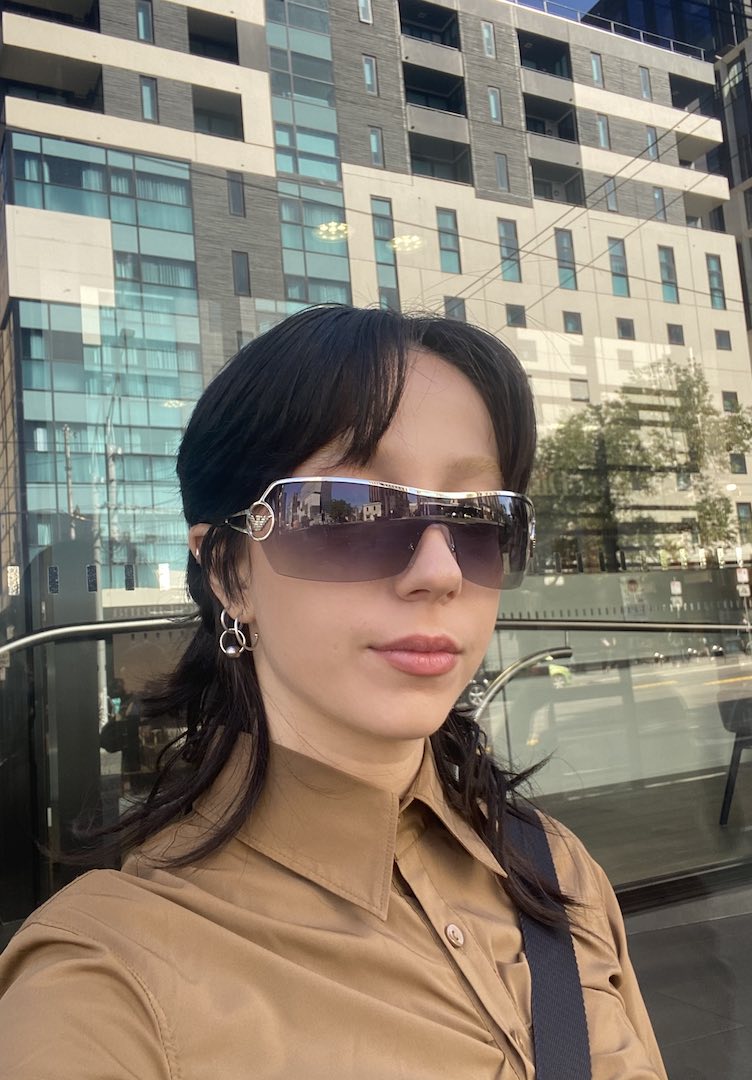
After gaining experience dating women, and having my first gut-wrenching heartbreak, I didn’t feel the need to justify myself anymore. I realised I didn’t have to prove to anybody how gay I was by how I dressed. And what did ‘gay’ look like anyway?
Both online and offline, I sought out the representation I’d been longing for and my style began to reflect my personal taste. I no longer limited myself to dressing either masculine or feminine, and I sure as hell didn’t have to make myself more palatable for others’ comfort.
After all, confining myself felt contradictory to everything my community represents. We’re meant to celebrate our authentic selves, not hide who we are out of fear of judgement. Now I know my identity is valid whichever way I choose to dress my body, whether I wear a power suit or a micro mini.
For tips on finding your personal style, try this.

